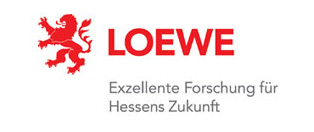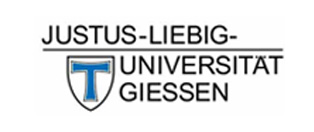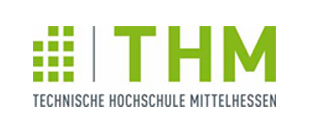BMBF-junior research group
Initial situation and project objective
Influenzaviren der Gattungen A und B verursachen bei Gesunden in der Regel unkomplizierte fieberhafte Infekte der oberen Atemwege mit respiratorischen Beschwerden. Im Fall von schwerwiegenden Verläufen kann es jedoch zu Komplikationen kommen, wie der Ausbildung einer primären Influenzapneumonie oder bakteriellen Sekundärinfektionen, die zum Tod des Patienten führen können. Durchschnittlich sterben in Deutschland jedes Jahr etwa 1000 Menschen an einer Influenzainfektion. In Deutschland sind mit M2-Ionenkanalblockern und Neuraminidaseinhibitoren zwei Wirkstoffklassen zur Therapie der Grippe zugelassen. Die große genetische Flexibilität der Viren bedingt jedoch die Gefahr einer schnellen Resistenzentwicklung. Aufgrund der hohen Prävalenz von Resistenzen bei den aktuell zirkulierenden Influenzaviren werden M2-Ionenkanalblocker jedoch nicht mehr für die antivirale Behandlung empfohlen. Zur Anwendung kommen daher fast ausschließlich Neuraminidaseinhibitoren. Doch auch für diese Wirkstoffklasse wurden bereits zahlreiche Resistenzen beschrieben. 2009 waren über 90% der saisonal zirkulierenden H1N1-Influenzaviren resistent gegenüber Oseltamivir. Neben den auftretenden Resistenzen stellt auch die Entstehung eines neuartigen pandemischen Virus eine große Bedrohung dar.
Projektziele und Lösungsansatz
Das langfristige Ziel des Projektes ist es daher einen weitreichenden Beitrag zur Entwicklung neuartiger Wirkstoffe zur Behandlung von Influenza-Infektionen zu leisten. Zur Identifizierung neuartiger Wirkstoffe analysieren wir antimikrobielle Peptide, Toxine und mikrobielle Extrakte aus der Stammsammlung des IME-BR mittels Screeningassays. Identifizierte Leitstrukturen werden auf ihre antivirale Effizienz gegen unterschiedliche Influenzasubtypen sowohl in immortalisierten Zelllinien als auch in einem Modell mit primären Lungenzellen untersucht. Zusätzlich wird das Resistenzprofil der Leitstrukturen sowie die Effektivität in einer Kombinationstherapie untersucht. Daneben wird die Toxizität der Verbindungen zunächst in Zellkulturmodellen und bei vielversprechenden Verbindungen in einem Galleria mellonella Modell bestimmt. Die wirksamste Verbindung soll abschließend hinsichtlich ihrer Toxizität, pharmakokinetischen Eigenschaften und ihren Effekt in einem Infektionsmodell in Mäusen untersucht werden.
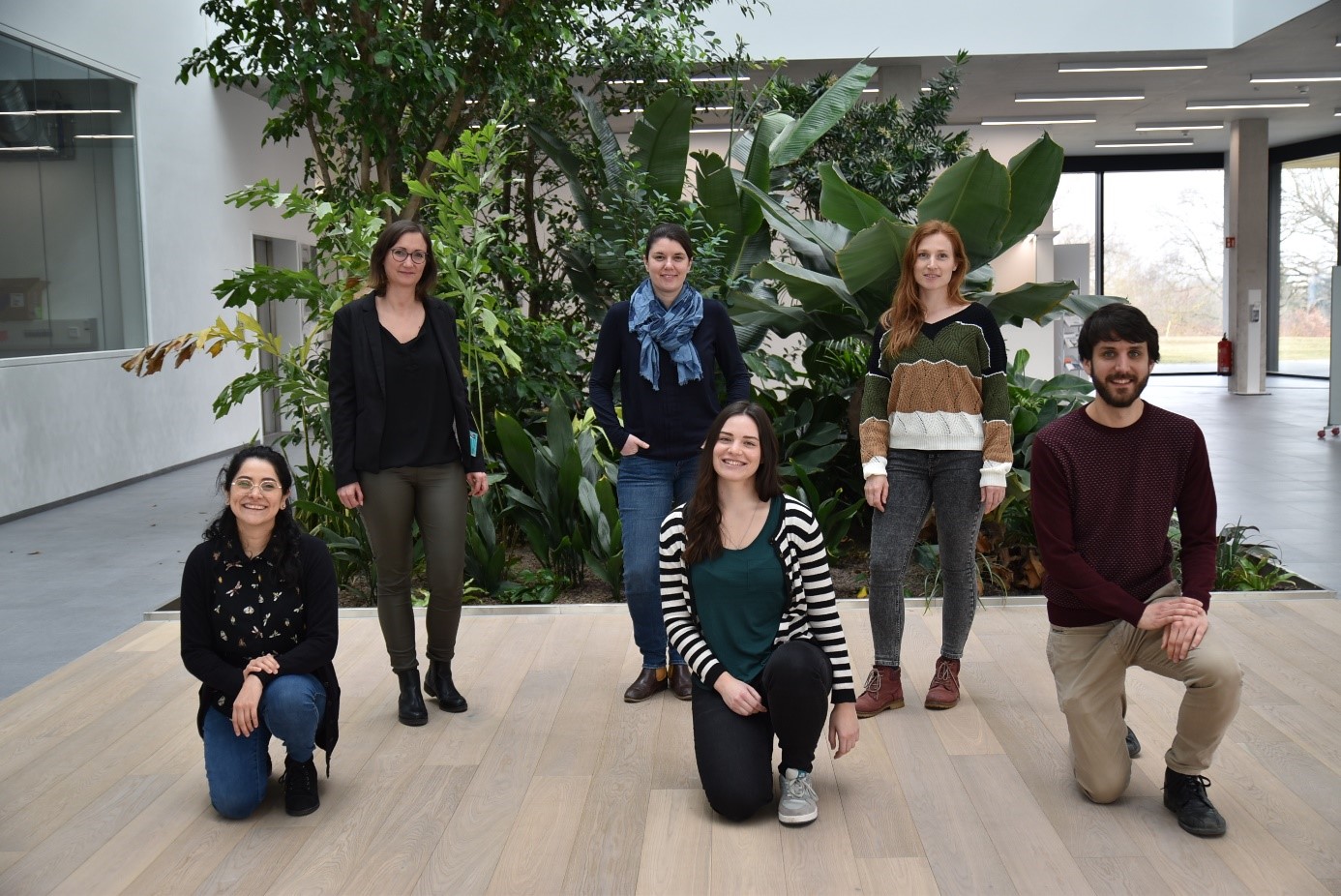
Project profile
| PROJEKTTITEL | Screening von Bioressourcen zur Identifizierung neuer antiviraler Substanzen zur Behandlung von Influenza-Infektionen – ASCRIBE |
|---|---|
| LAUFZEIT | 10/2020 –09/2025 |
| FÖRDERUNG | BMBF program for the funding of junior research groups in infection research |
| FÖRDERVOLUMEN | 3.206.707,00 € |
| KOOPERATIONSPARTNER |
Prof. Dr. Eva Friebertshäuser, Institute of Virology, Philipps University Marburg Prof. Dr. Torsten Steinmetzer, Institute for Pharmaceutical Chemistry, Philipps University Marburg |
| PROJEKTLEITER | Dr. Kornelia Hardes |
| ZIELE |
|
Contact
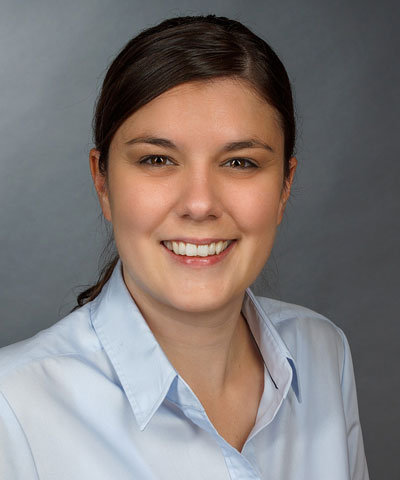
Dr. Kornelia Hardes
Deputy Head of Department Pests and vector insect control
Fraunhofer Institute for Molecular Biology and Applied Ecology IME
Ohlebergsweg 12
35392 Gießen
+49 641 97219-226
Kornelia.Hardes@ime.fraunhofer.de
